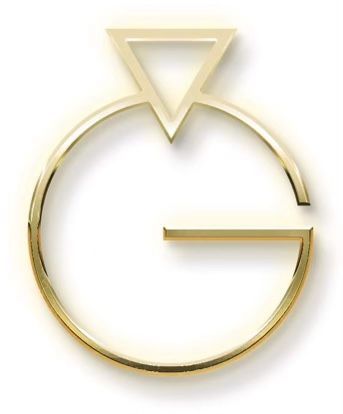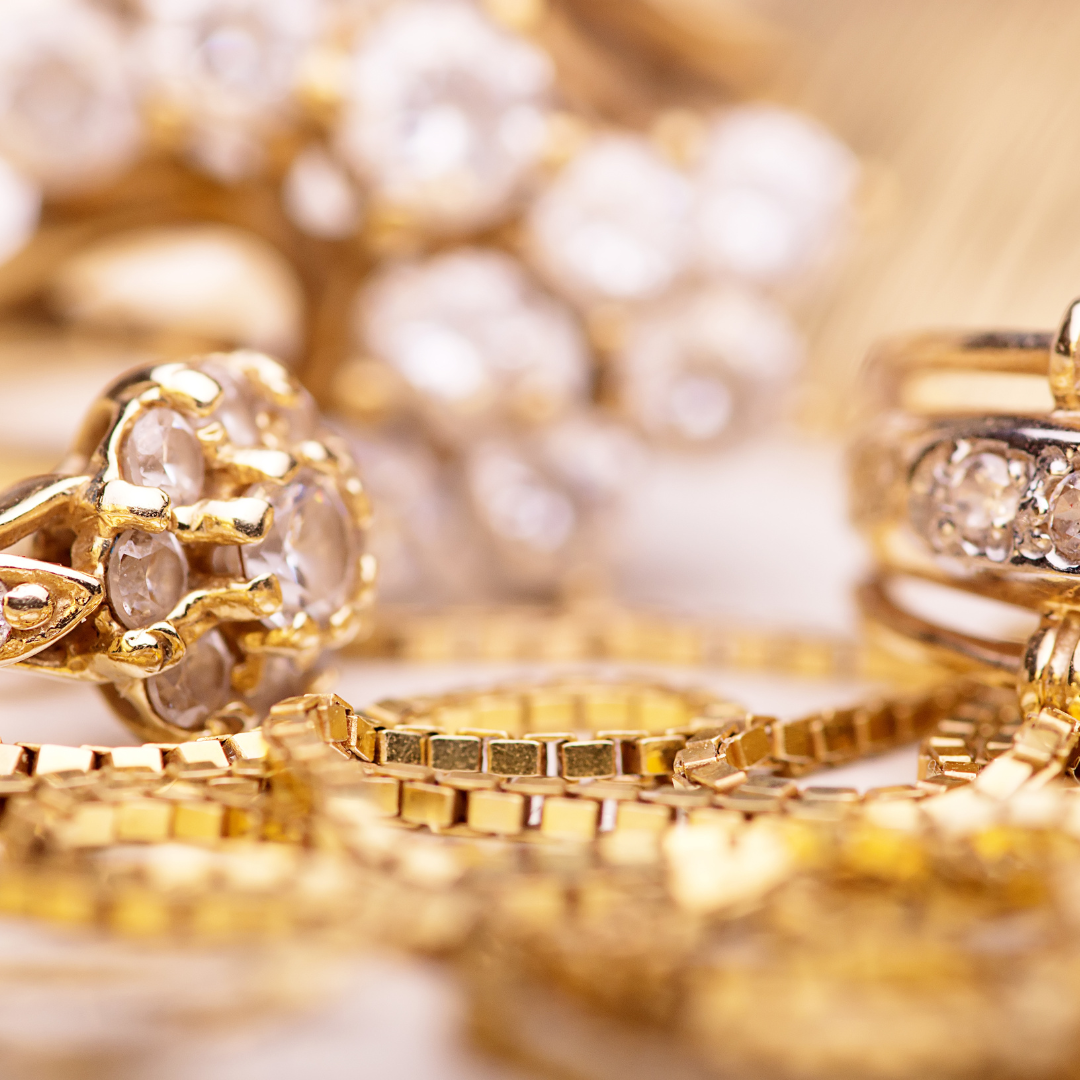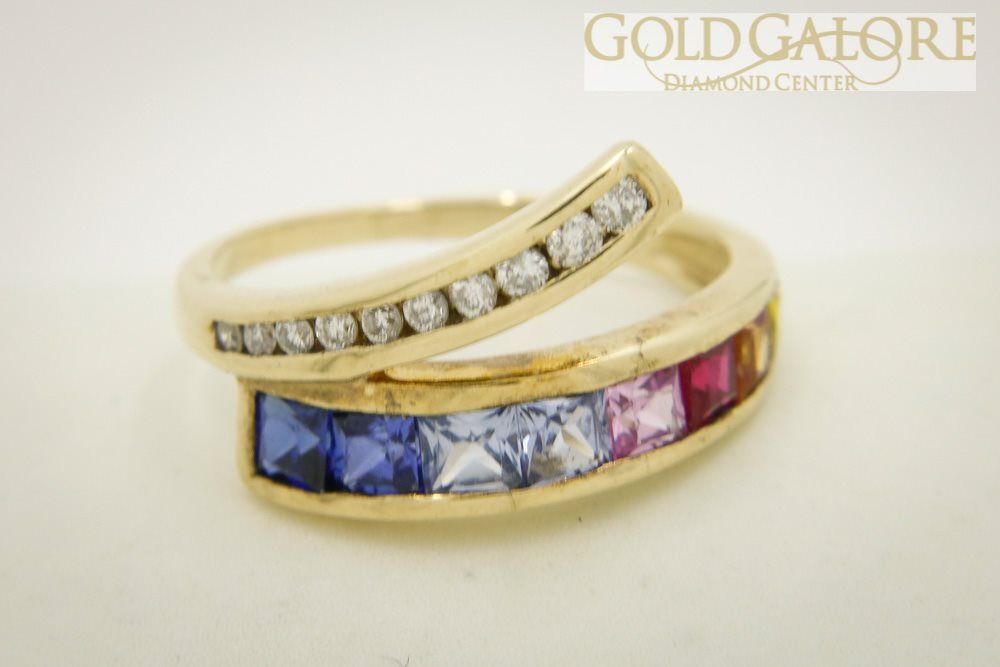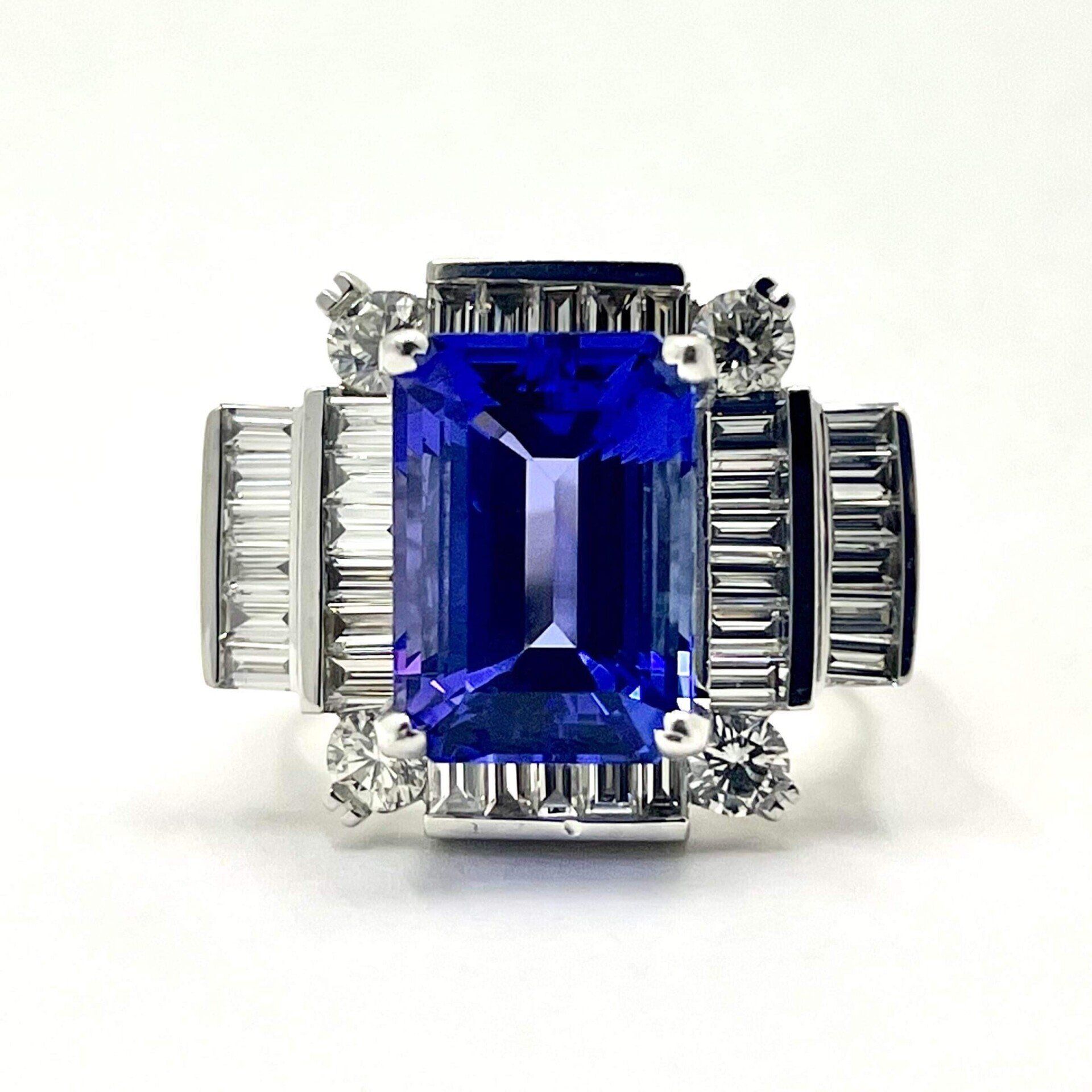How to Read Gold Identification Marks on Jewelry
Are you wondering how to read gold identification marks on jewelry? Indeed, gold jewelry is one of the most beautiful and valuable precious metals known to man.
In fact, it’s been used as currency even before the age of money. These days, it’s used as both a fashion accessory and an investment against future financial uncertainty.
However, with its massive value and price comes a challenge: how to avoid getting tricked out of your money when buying or selling gold pieces.
If you are wondering how to verify the authenticity of your gold jewelry, learn more about the history of your pieces, and understand how much your own pieces are worth, then you’ve come to the right place.
In this guide, we will cover everything there is to know about identifying gold marks on jewelry and how to interpret them.
Let’s get started.
Common Types of Gold Identification Marks
There are many stamps you’ll see on jewelry, whether that’s gold, silver, diamonds, and other precious metals. Not all of them have to do with actual gold content – some are for vanity, for sentimental reasons, or for personalization.
However, the purity markings you’ll see on gold jewelry fall into a few general categories:
Carat Marks
The most common gold markings, carat marks, simply state the purity of the gold.
The caratage is expressed as a number followed by “k” (for karat) or “ct” (for carat). For example, 14K and 14ct are both used to express 14-karat gold.
Gold jewelry can be 10K, 14K, 18K or 24K – the higher the number, the more pure gold an item contains. This being said, jewelry can never be 100 percent gold since it is too soft in its pure state.
You may also see the word carat in diamond pieces, but carat in this case usually refers to diamond weight.
Creator marks
These are simply stamps indicating who created your piece of jewelry — typically a designer or jewelry maker name or initials, but sometimes a trademark symbol if there’s no name attached.
The most famous example is Tiffany & Co. Their pieces are marked with their initials and several dots beneath them, representing diamonds.
Assay marks
Assays test for the purity of precious metal and are conducted by an independent body on a small sample of the item in question.
Again, purity is measured in carats, with 24-carat gold being the purest possible form of gold. The common UK hallmarking system requires that all items over 1 gram be assayed prior to sale. Assay marks are always accompanied by a date letter to indicate when the assay was performed.
Fineness marks
Fineness refers to the gold content of a jewelry item, which is measured in parts per thousand (ppt).
A fineness mark will usually be followed by figures representing ppt (e.g. 916) or a decimal number representing karats (e.g 0.916). In some cases, both figures will be included (e.g 916/1000).
Hallmarks
Hallmarks are the marks stamped on gold jewelry to show the purity of the metal and the mark of the manufacturer or designer.
The process of hallmarking began in London, England, in 1327 and has spread across the world. In many countries, including England, it is illegal to sell gold jewelry that isn’t hallmarked by a government-approved assay office.
In addition to indicating their purity and origin, hallmarks can also signify the date and time of manufacture.
How to Read Gold Purity Marks on Jewelry
10K Gold
The lowest quality of pure gold (which is 24 karat) is mixed with other metals to harden it. So 10K gold contains 41% pure gold and 59% other metals.
A 10K stamp means that the piece is made of 10 parts gold out of 24 parts total. However, it doesn’t mean that the whole piece is 10K gold. It means it’s a gold alloy.
The stamp may only refer to a small part of the piece, such as the chain on a necklace or the clasp on a bracelet.
14K Gold
In terms of gold purity, this identification refers to 58% pure gold and 42% other metals.
14 karat jewelry is more resilient than its higher karat counterpart because it has less pure gold. It can be worn for longer periods without tarnishing.
It also costs less than pure gold pieces because it contains less precious metal.
18K Gold
Not sure how much gold is in your 18K piece? 18-carat gold is 75 percent pure gold or 750 parts per 1,000. In Europe, 18 karat gold is marked with a stamp that says “750.” In the US, 18 karat gold is identified with gold markings that say either “18K,” “18KT,” “18Kt,” or “.750”
22K Gold
22-carat gold marking means 91.6 percent pure gold or 916 parts per 1,000. In Europe, 22 karat gold is stamped with a “916” hallmark.
In the United States, 22 karat gold can be stamped with either a “916” hallmark or a “.916” hallmark. These are among the most common markings for 22 karat gold in both Europe and the US.
Fine Gold or Pure Gold
Pure gold, also called fine gold, is 24 karat. This means that the gold is made up of 24 parts pure gold and zero parts other metals. It’s a soft and flexible metal, so with most jewelry, you’ll find gold alloy instead.
Gold Plated
Gold-plated jewelry has a thin layer of gold applied to a base metalcore.
The core may be sterling silver or some other type of metal. In the United States, a thin coat of at least 10k gold must be applied to an item before it can be sold as gold-plated.
A manufacturer’s proof mark and the karat value must be stamped on the item by law.
Gold-filled
Gold-filled jewelry has a gold coating that makes up more than 5 percent of its total weight and is mechanically bonded to a base metalcore.
The layer of gold must be at least 10k and the manufacturer’s proof mark must be present on the item along with the karat value and words “1/20,” which indicates that 1/20th of the item’s total weight comes from solid gold.
Vermeil and Gold-Vermeil Jewelry Marks
Gold vermeil is an outer coating of gold over another metal (usually sterling silver) that is at least 10 karat. High-quality vermeil being 14 or 18 karat gold.
Vermeil has been a popular type of jewelry for hundreds of years, and examples can be seen in many museums today. Gold-vermeil jewelry may also be marked “gold over sterling.”
Plumb Gold
The term “plumb” is sometimes used in place of the word “pure” when referring to gold. For example, a piece of 14K gold that is plumb contains 58.3% pure gold by weight.
The mark “14Kplumb” is seen on older pieces of American-made jewelry.
Modern American jewelers use the marks 14K and 585 instead of 14Kplumb.
Where can you find identification marks on gold jewelry?
Gold identification marks are usually found on the inside of a ring or bracelet, on the edge of an earring, or at the back of a charm and take the form of engraved hallmarks.
Can you fake gold stamps on jewelry?
Yes. It is easy to fake a karat stamp. You can even buy karat stamps on eBay and other jewelry making sites.
It is much more difficult to fake a hallmark or a maker’s mark than it is to fake a karat stamp because the hallmark or maker’s mark leaves an impression in the metal. Karat stamps are stamped into the metal. The only way to know for sure that the gold stamp on your jewelry is real is to have the gold tested at a lab.
Is gold jewelry without stamps fake?
Not necessarily.
Many people think that if there is no stamp, then the piece is not gold. This is not true. Many fine vintage and antique pieces are without stamps, as the jewelers of the time were not required to stamp their gold jewelry with a purity mark.
The absence of a stamp does not mean that the piece isn’t gold; it just means that the piece has to be tested for its purity.
Best Ways to Check How Much Gold Is In Your Jewelry
Because gold jewelry is expensive and in-demand, there is no shortage of scammers trying to pass off fake gold for real gold
That’s why it’s important to learn how to read gold identification marks, but don’t rely solely on them.
Here are other ways to tell if gold is real:
- Use a loupe, magnifying glass, or microscope to inspect the purity marks and other markings on gold.
- Scratch the piece of gold on a piece of unglazed porcelain tile.
- Perform the float test.
- Drop a small amount of nitric acid on the piece of gold.
- Perform the magnet test.
- Weigh your gold item and compare that weight to a listed standard weight for its type.
- Heat it up with a lighter to check your item’s purity.
- Have your gold tested at a jeweler’s or at a pawnshop if you’re not sure how to identify other marks. This will give you a precise and quick answer.
Want to test your gold at home? Here’s a detailed explanation of DIY methods, from how to tell if gold is real with a lighter to the porcelain test, water test, and more.
Frequently Asked Questions
What are the symbols on gold rings and jewelry?
The symbols or markings that you see on jewelry actually tell you a lot about the quality of the gold.
These identifying stamps tell you what type of precious metals are in the piece and how much of it is used in making the jewelry.
They can also tell you where it’s from, the jewelry company, designer, and more.
How do I identify my jewelry markings?
If you’re not sure what the stamps mean, there are a couple of ways you can find out.
First, you can bring it to a jeweler for testing and identification. The jeweler will give you a definitive answer on the value of your jewelry piece.
Second, if you prefer to do it yourself, you can get an acid test kit online or from some jewelers, and you can perform DIY test s like using a magnet or lighters.
What is the symbol of hallmark gold?
It means that at some time in history, the piece was hallmarked for quality. This could have been done by a government office or by an independent assay office.
The assay office may have existed because there was no government office at the time, or because the maker of the piece chose to use a private assay office.
Is 417 gold real gold?
The answer is yes. A 417 marking on a piece of jewelry indicates that it contains 41.7% pure gold.
How many carats is 417?
The 417 stamp represents 10-karat gold. It means that the gold content in the jewelry is 41.7% of the total weight, and the remaining 58.3% is some other metal or metals.
Is 417 white gold?
White gold is gold and can be any karat from 10k to 24k. The color comes from combining yellow gold with other metals such as nickel, silver, zinc and palladium. As long as it has proper gold content, it’s considered real gold, just like rose gold.
What does 375 mean on a ring?
In this case, the number “375” indicates that the jewelry is 37.5% pure gold. This number is often used in Europe to indicate 9 karat gold.
Is 585 gold worth anything?
Yes, but it depends on how much cash gold is currently worth per ounce or by grams, which constantly changes. 585 gold is 14 karat gold, which more than half of its composition is real gold.
What carat gold is 585?
585 or 14k gold contains 58.5% pure gold and 41.5% other metals such as silver, copper, nickel, zinc, palladium or platinum.
What does AU 750 mean on gold?
AU 750 means 18-carat gold. The “AU” comes from the periodic table’s symbol for go.d
Does 750 Mean 18k gold?
Yes. A 750 gold stamp indicates that the gold is 75 percent pure, or 18K. The other 25 percent is made up of other metals, usually copper and silver.
What does 750 mean on a gold ring?
If you have a ring that is marked with “750” this indicates that the piece is made of 75% gold and 25% other metals (such as silver, palladium, or nickel).
The “750” stamp can be seen in various places on your jewelry depending on its shape and design.
Final Thoughts
Once you’ve learned how to test your jewelry, you can start making more informed purchase and selling decisions. And that’s going to make you a better gold buyer, seller, and owner.
If you’d like to learn more about buying and selling gold , visit our shop at Gold Galore Jewelers. We’ll be happy to answer any questions you have and provide a jewelry appraisal.
Want to start investing in gold pieces or looking for an engagement ring , wedding ring, and other types of beautiful gold jewelry ?
We can help you there, too, including designing custom pieces and jewelry repair. Contact us today!
Image Source: Arvind , Wikipedia Commons
The post How to Read Gold Identification Marks on Jewelry appeared first on Gold Galore Jewelers | Expert Jewelers.
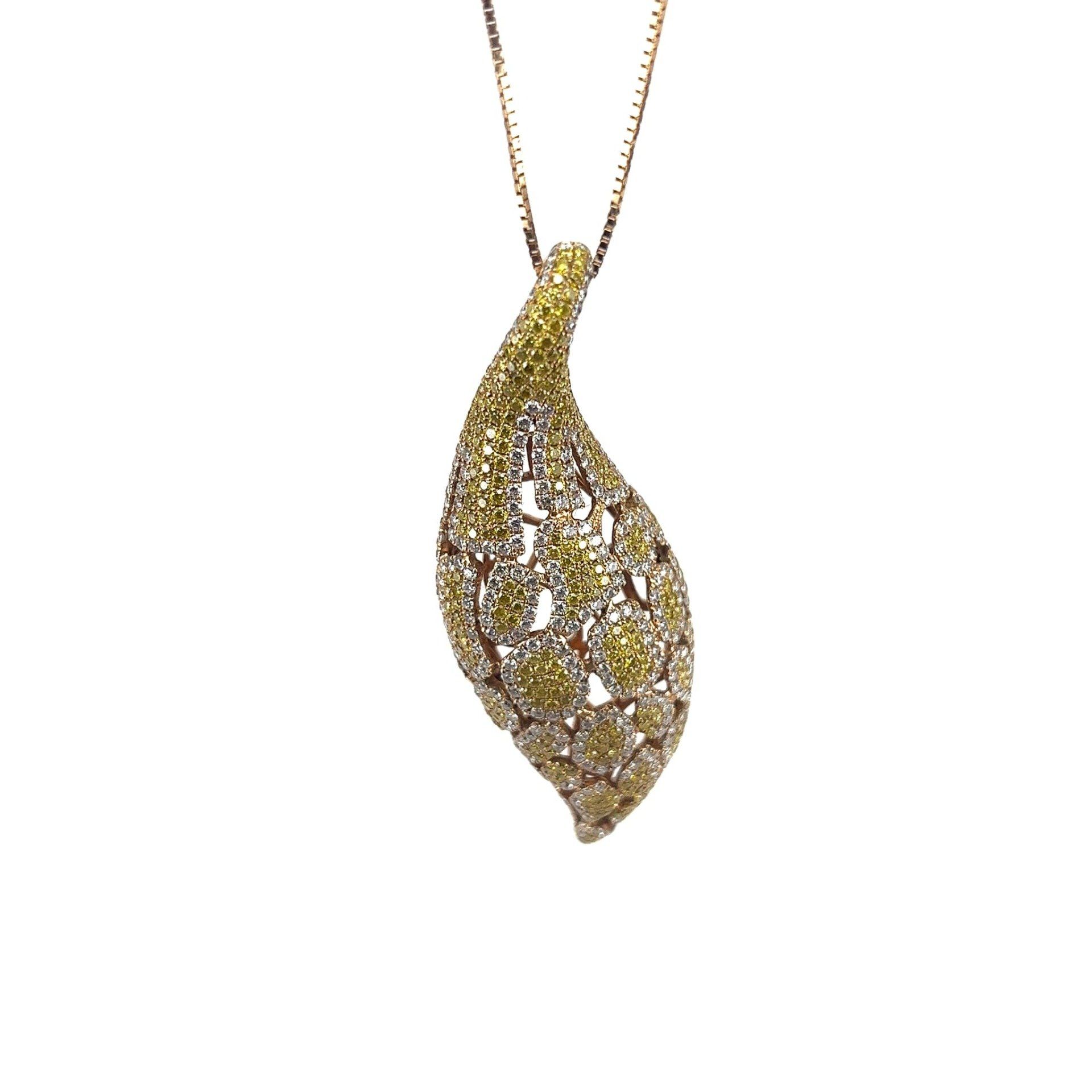

Contact Us
We will get back to you as soon as possible.
Please try again later.
All Rights Reserved | Gold Galore Custom Jewelry Store
Our Hours
- Sunday
- Closed
- Monday
- -
- Tue - Fri
- -
- Saturday
- -
No Appointment Necessary
Come In And Browse Our Jewelry Showroom!
